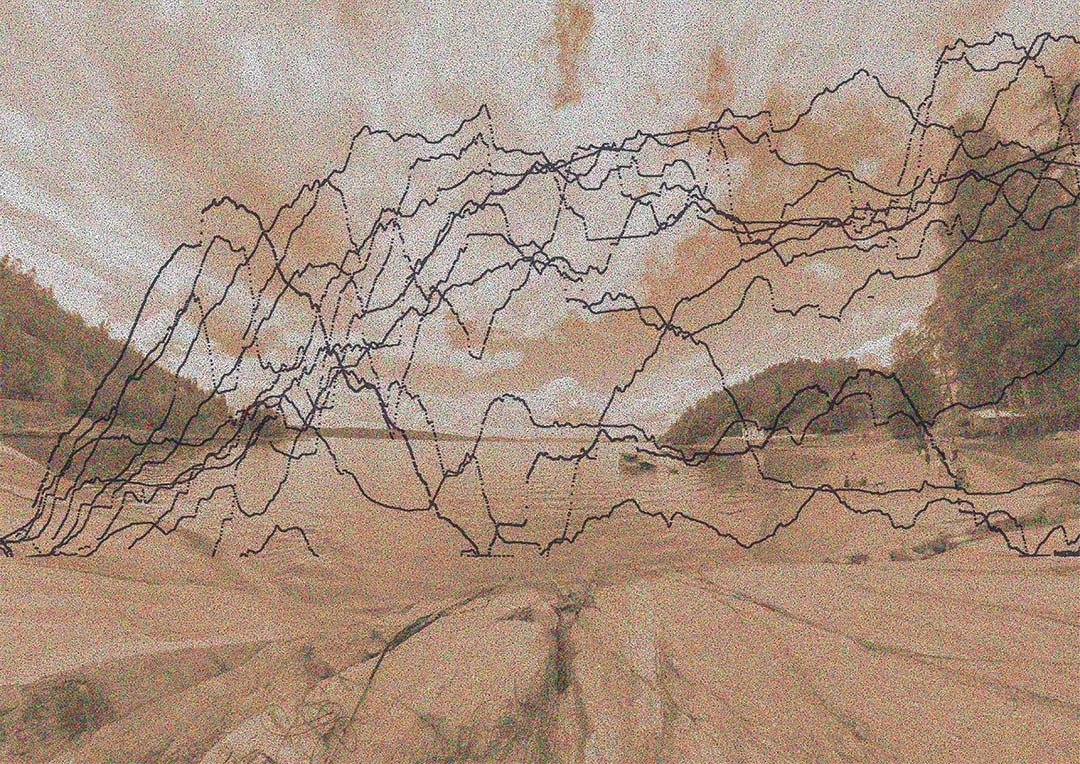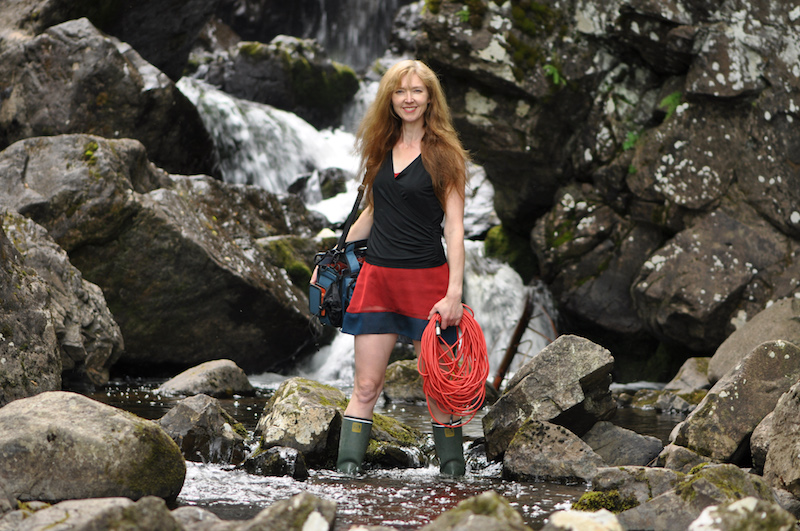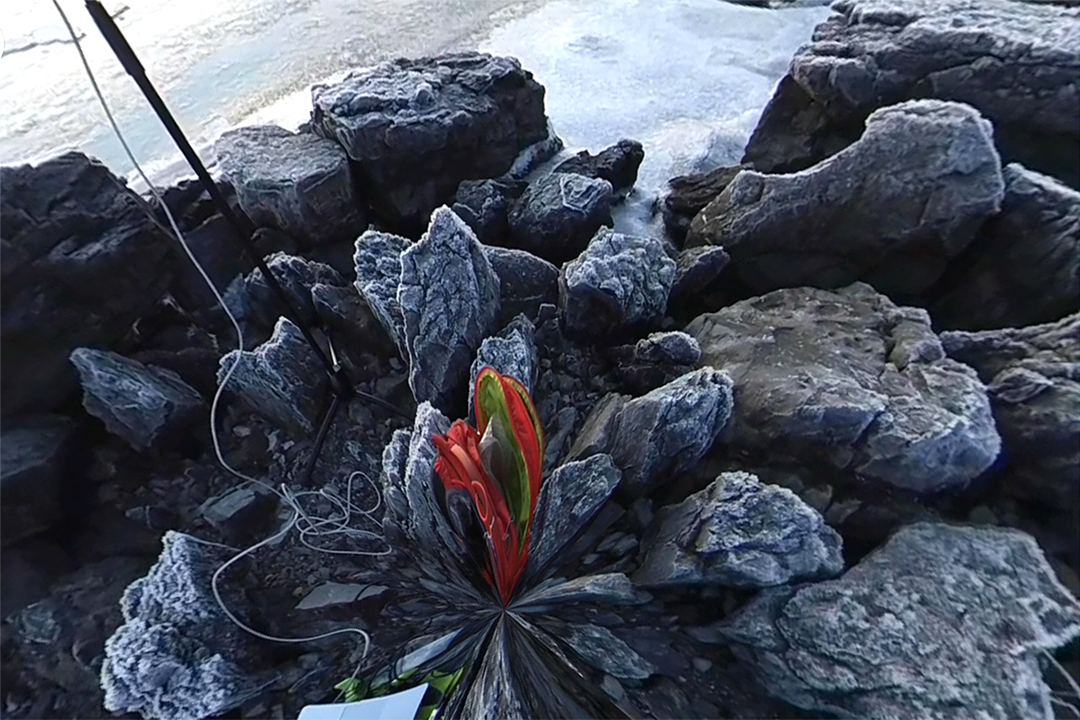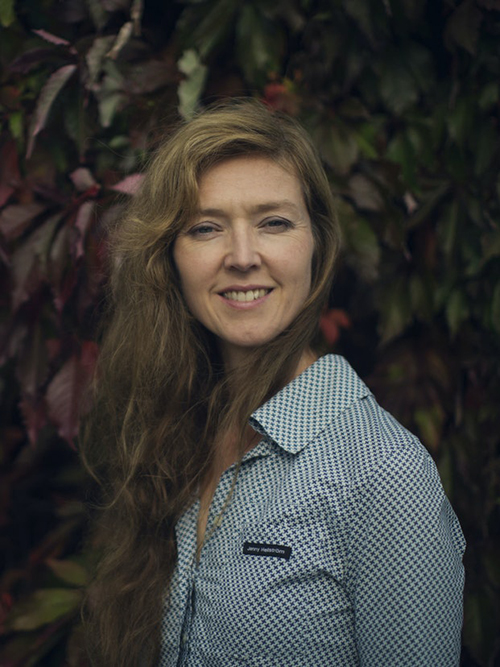
DOVE
Galleria Tina Modotti
ex mercato del pesce
Via Paolo Sarpi
ORARI DI APERTURA
18 – 27 settembre 2020
da venerdì a domenica dalle 17 alle 20
PER I VISITATORI
L’ingresso alla mostra è consentito a un massimo di 2 persone per volta. In ottemperanza alle normative vigenti in materia di prevenzione da contagio da Covid-19 verranno registrati gli accessi per il tracciamento e i dati conservati per 14 giorni dopo la fine della rassegna.
Per evitare il crearsi di assembramenti all’entrata nell’espletare le procedure di identificazione si consiglia la prenotazione con l’invio di una mail contenente le generalità e i recapiti telefonici del richiedente.
Vi ringraziamo per la collaborazione
Visualizza mappa ingrandita
NATASHA BARRETT
Remote Sensing the Tidal Zone
installazione sonora 3D
Tempo, dettaglio e spazio sono i tre elementi centrali di questa composizione di Natasha Barrett, realizzata con i suoni ripresi nell’area marittima di Hvervenbukta, vicino a Oslo.
Le dinamiche del paesaggio sonoro sono state raccolte con un meticoloso lavoro di registrazione sul campo durato diversi mesi e che comprendono sia il carattere più antropocentrico e vacanziero dell’estate (Hvervenbukta è una rinomata località turistica) sia quello più silenzioso e rarefatto dell’inverno.
«La propagazione del suono varia tantissimo a seconda delle stagioni e cambia in base alla temperatura e all’umidità dell’aria. Il freddo, la mancanza di foglie sugli alberi, l’assenza o quasi di gabbiani, barche o persone sulla riva, ci permettono di ascoltare l’eco dato dalla morfologia del paesaggio. Il suono che si sente quando le onde provocano la rottura del ghiaccio si estende su tutto il fiordo.»
Nella composizione si mescolano anche elementi ricavati da manipolazioni elettroniche su suoni solitamente inudibili perché troppo brevi o troppo deboli, o molto diradati nel tempo.
«Non si tratta solo di ciò che non sentiamo al momento, quando non siamo concentrati, ma di tutto ciò che non sentiamo perché non eravamo presenti. In questa composizione ho utilizzato microfoni con angolazioni diverse e in luoghi dove è raro trovarsi, come alle sei del mattino in una gelida giornata di gennaio, o dove non possiamo fisicamente essere, cioè in più luoghi contemporaneamente.
Spero di offrire alle persone un’esperienza nuova, che stimoli ad ascoltare l’ambiente circostante in modo differente. Si tratta di aprire i sensi e di sperimentare.» – Natasha Barrett
Sansing i strandsona / Remote Sensing the Tidal Zone / In ascolto tra bassa e alta marea viene qui proposto in versione ottofonica.

Natasha Barrett (1972) è una delle più importanti e talentuose compositrici contemporanee di musica elettronica. Lavora con le più avanzate tecniche di spazializzazione del suono e la sua produzione spazia dalla composizione per concerto dal vivo alla sound-art a grandi installazioni sonoro-architettoniche.
Insegna composizione presso l’Accademia Norvegese di Musica e ha ricevuto numerosi riconoscimenti internazionali tra cui il prestigioso Giga-Hertz-Award for electronic music e l’ Euphonie D’Or al Bourges International Electroacoustic Music Awards.

WHERE
Galleria Tina Modotti
(ex mercato del pesce)
Via Paolo Sarpi
OPEN
September 18th – 27th
Fridays Saturdays and Sundays from 5 to 8pm
AT THE ENTRANCE
Access is allowed for 2 visitors at a time. All visitors will be registered at the entrance in compliance with the rules to prevent the spreading of Covid19.
Booking is recommended to avoid gatherings of people at the desk. You can do it by sending us an email with your name, surname and contact data.
Thank you for your collaboration
NATASHA BARRETT
Remote Sensing the Tidal Zone
3D sound installation
Time, detail and space are the three central elements of this composition by Natasha Barrett, created with the sounds recorded in the Hvervenbukta maritime area, near Oslo.
The dynamics of the soundscape were collected with a meticulous field-recording work that lasted several months and which include both the more anthropocentric and holiday character of the summer (Hvervenbukta is a renowned tourist resort) and the quieter and more rarefied one of the winter.
«The propagation of sound varies a lot according to the seasons and changes according to the temperature and humidity of the air.
The cold, the lack of leaves on the trees, the absence or almost the absence of seagulls, boats or people on the shore, allow us to hear the echo given by the morphology of the landscape.
The sound you hear when the waves break the ice extends across the whole fjord.»
The composition also mixes elements obtained from electronic manipulations on sounds that are usually inaudible because they are too short or too weak, or very sparse over time.
«It’s not just about what we don’t feel at the moment, when we’re not focused, but everything we don’t feel because we weren’t there. In this composition I used microphones with different angles and in places where it is rare to be, such as at six in the morning on a cold January day, or where we cannot physically be, that is, in several places at the same time. (…)
I hope to offer people a new experience that stimulates them to listen to their surroundings in a different way. It is about opening the senses and experimenting». – Natasha Barrett

Natasha Barrett – photo by Kyrre Lien
Natasha Barrett is a composer of acousmatic and live electroacoustic concert works, sound and multi-media installations, and interactive music. She is a leading voice in the new wave of artists working with ambisonics, 3-D sound, and its contemporary music context.
Her inspiration comes from the immediate sounding matter of the world around us, as well as the way it behaves, the way it is generated, and by systems and the traces that those systems reveal. These interests have lead her into worlds of cutting-edge audio technologies, geoscience, sonification, motion tracking and some exciting collaborations leading into the unknown – involving performers and chamber ensembles, visual artists, architects and scientists.
Her work is commissioned, performed and broadcast throughout the world. Active in performance, education and research, she is co-director of the Norwegian spatial-music performance ensemble EAU (Electric Audio Unit) and founder of 3DA (the Norwegian society for 3-D sound-art). She currently holds a professorship at the Norwegian Academy for Music, Oslo.
